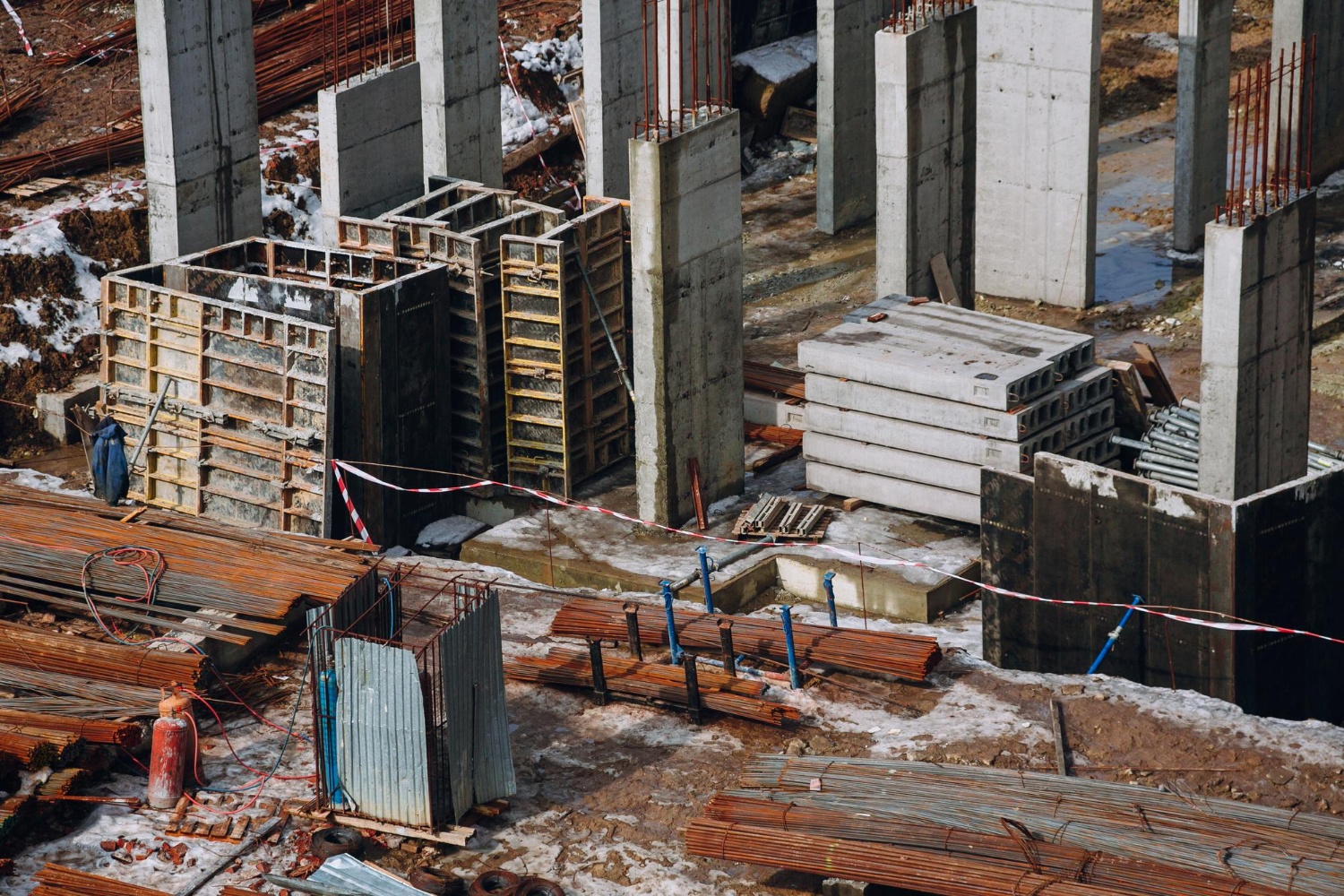COMMERCIAL DEMOLITION WORKS
Demolition works on commercial properties encompass a range of activities aimed at dismantling, deconstructing, or removing existing structures to make way for new development, renovation, or redevelopment projects.
Commercial demolition projects vary widely in scope, complexity, and scale, involving the removal of office buildings, retail centres, industrial facilities, warehouses, hotels, and other commercial structures. These demolition activities require careful planning, coordination, and execution to ensure safety, minimize environmental impact, and comply with regulatory requirements while meeting project timelines and budget constraints.
1. Pre-Demolition Planning and Preparation:
Site Assessment and Evaluation: Conducting comprehensive assessments of the commercial property to determine the condition of existing structures, identify hazards, assess structural integrity, and evaluate environmental considerations such as the presence of hazardous materials.
Regulatory Compliance: Obtaining necessary permits and approvals from local authorities, including building permits, demolition permits, environmental permits, and utility disconnection permits, as required by regulations.


Services Disconnection: Arranging for the disconnection of water, gas, electricity, telecommunications, and other utility services to the property to facilitate safe demolition activities and prevent accidents.
Asbestos and Hazardous Materials Survey: Conducting surveys to identify and manage hazardous materials such as asbestos-containing materials (ACMs), lead-based paint, mercury-containing devices, and other regulated substances present in the commercial property.
Safe Work Method Statements (SWMS): SWMS allow for an proper identification of hazards and controls employed to reduce the risks to be understood by all workplace personnel and which must be tailored to the specific hazards and challenges posed by the commercial demolition project including falling debris, structural collapse, hazardous materials exposure, and construction site accidents.
AS2601 Demolition Workplans: Development of a comprehensive plan outlining site specific issues, work stages, work processes, emergency protocols, and protective measures (to be prepared in accordance with legislative and regulatory requirements and best practices under Australian Standard 2601 – The Demolition of Structures).
Safety Planning: Developing comprehensive safety plans and risk management strategies to address safety hazards associated with demolition works.
2. Demolition Methodology and Techniques:
Mechanical Demolition: Utilizing heavy machinery such as excavators, bulldozers, cranes, and wrecking balls equipped with demolition attachments to dismantle and remove commercial structures efficiently.
Selective Demolition: Targeting specific components for removal while preserving elements that can be salvaged, recycled, or reused in renovation or redevelopment projects, including fixtures, fittings, equipment, and architectural features.
Controlled Demolition: Employing controlled demolition techniques to safely bring down commercial structures in a controlled manner.
Manual Demolition: Performing manual demolition tasks using handheld tools and equipment to remove interior finishes, non-structural components, and hazardous materials, especially in confined or sensitive areas where mechanical methods may not be feasible or safe.
Debris Management: Implementing procedures for sorting, segregating, and disposing of demolition debris, including recycling or salvaging materials whenever possible to minimize waste and environmental impact.
3. Safety Measures and Risk Mitigation:
Personal Protective Equipment (PPE): Ensuring that workers are equipped with appropriate PPE such as hard hats, safety goggles, gloves, respirators, and protective clothing to protect against hazards such as falling debris, airborne contaminants, and structural collapse.
Site Security and Access Control: Implementing measures to secure the demolition site and control access to prevent unauthorized entry, vandalism, theft of materials or equipment, and ensure the safety of workers and bystanders.
Emergency Response Preparedness: Establishing procedures for responding to emergencies such as fires, structural collapses, medical emergencies, and hazardous material spills during demolition works, including evacuation protocols and communication channels for emergency response.
Environmental Controls: Implementing measures to minimize environmental impacts associated with demolition activities, including dust suppression, erosion control, pollution prevention, and proper management of hazardous materials and waste.
4. Waste Management and Environmental Stewardship:
Material Segregation: Sorting demolition debris into different categories such as concrete, metal, wood, plastics, and recyclable materials for recycling, reuse, or disposal at licensed facilities, in compliance with waste management regulations.
Hazardous Materials Abatement: Safely removing and disposing of hazardous materials such as asbestos, lead-based paint, PCB-containing materials, and materials containing synthetic mineral fibres in accordance with regulatory requirements and industry best practices.
5. Community Engagement and Communication:
Stakeholder Consultation: Engaging with affected stakeholders, including property owners, tenants, businesses, neighbouring residents, community groups, and local authorities, to communicate demolition plans, address concerns, and solicit feedback regarding the timing, scope, and impacts of the demolition works.
Public Safety Awareness: Educating the public about safety hazards associated with the demolition site, implementing traffic control measures, and providing timely updates on demolition progress, road closures, and evacuation routes to ensure public safety and minimize disruptions.
6. Reconstruction and Redevelopment Planning:
Project Coordination: Collaborating with developers, architects, engineers, contractors, and other stakeholders to coordinate demolition activities with subsequent renovation, construction, or redevelopment projects, including phasing plans, scheduling, and sequencing of work.
Reconstruction and Rehabilitation: Supporting reconstruction and rehabilitation efforts by salvaging reusable materials, preserving historic or architectural elements, and incorporating sustainable design principles into redevelopment projects to enhance energy efficiency, environmental sustainability, and community resilience.
In summary, demolition works on commercial properties require meticulous planning, coordination, and execution to address safety, environmental, regulatory, and community considerations while facilitating redevelopment, revitalization, and economic development opportunities.
By implementing appropriate demolition methodologies, safety measures, waste management practices, and community engagement strategies, commercial demolition projects can be executed efficiently and responsibly, contributing to the sustainable growth and prosperity of communities.
Should you wish to discuss any matter involving demolition works on structures impacted by floods, fire or other natural disaster, please complete the contact us section of our webpage, call us on 0419 969799 or email us at [email protected].

